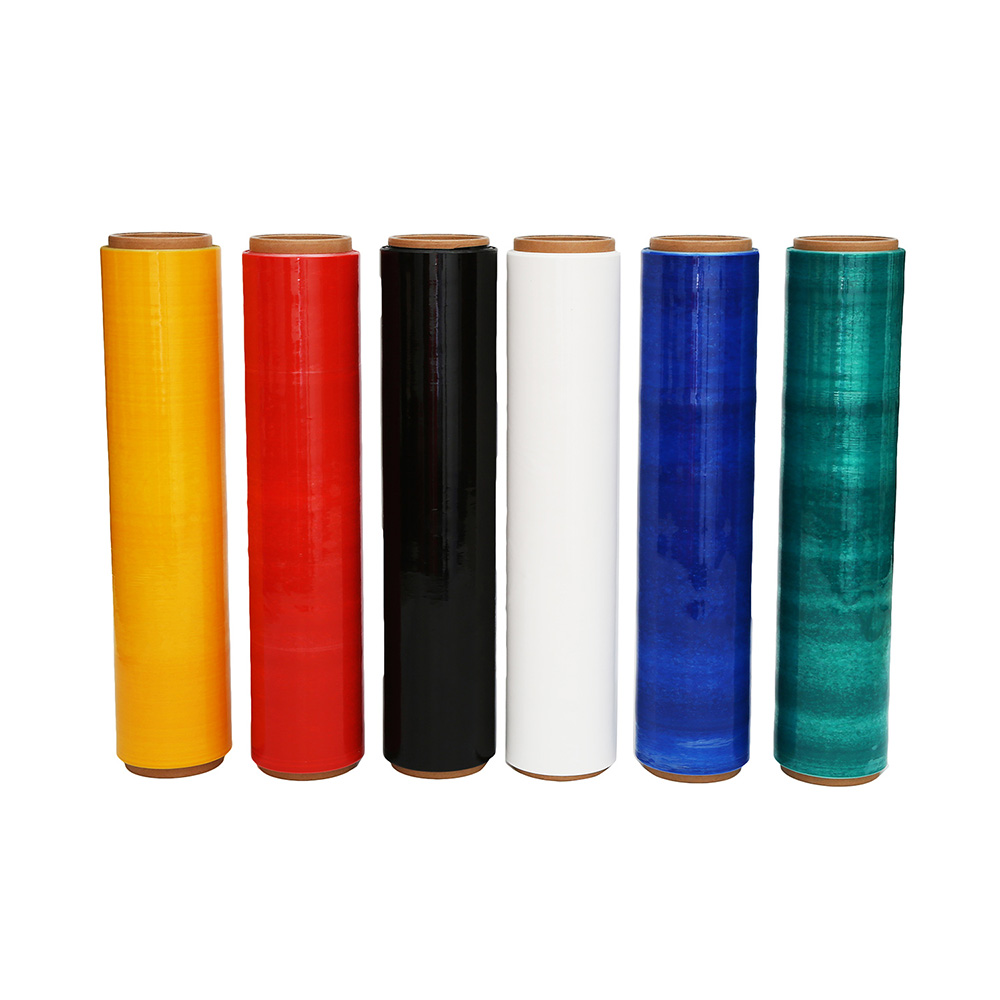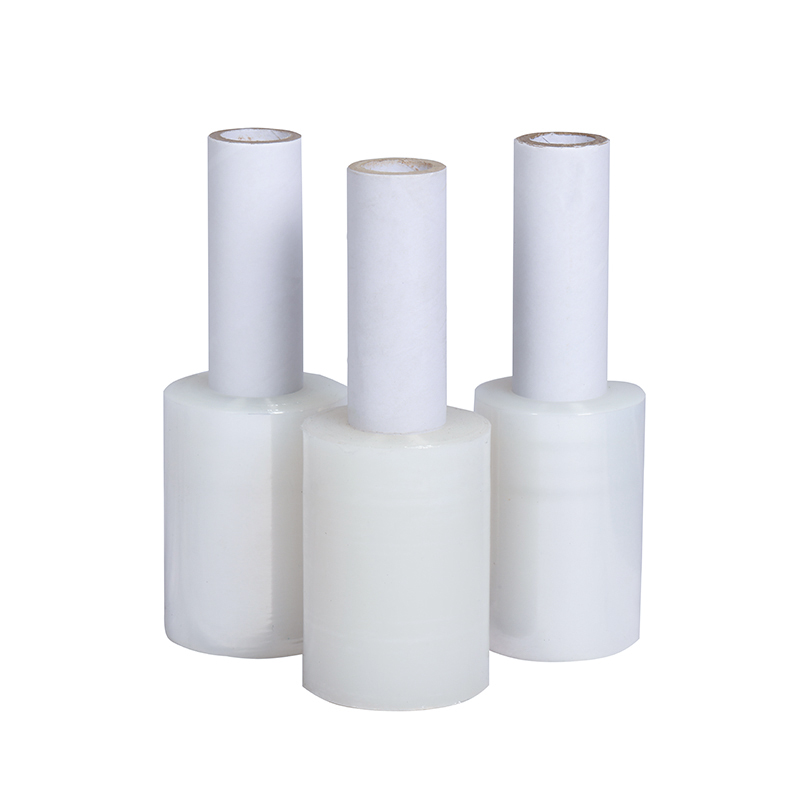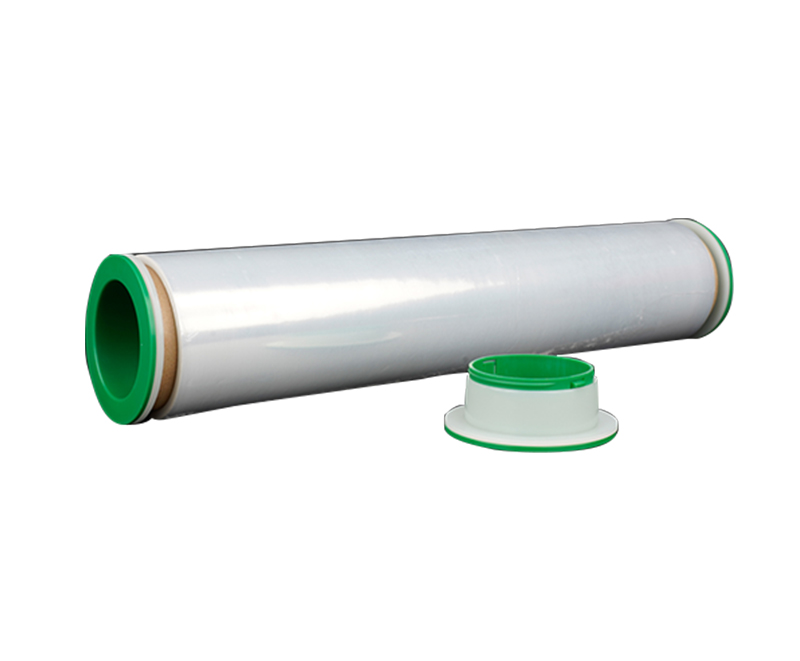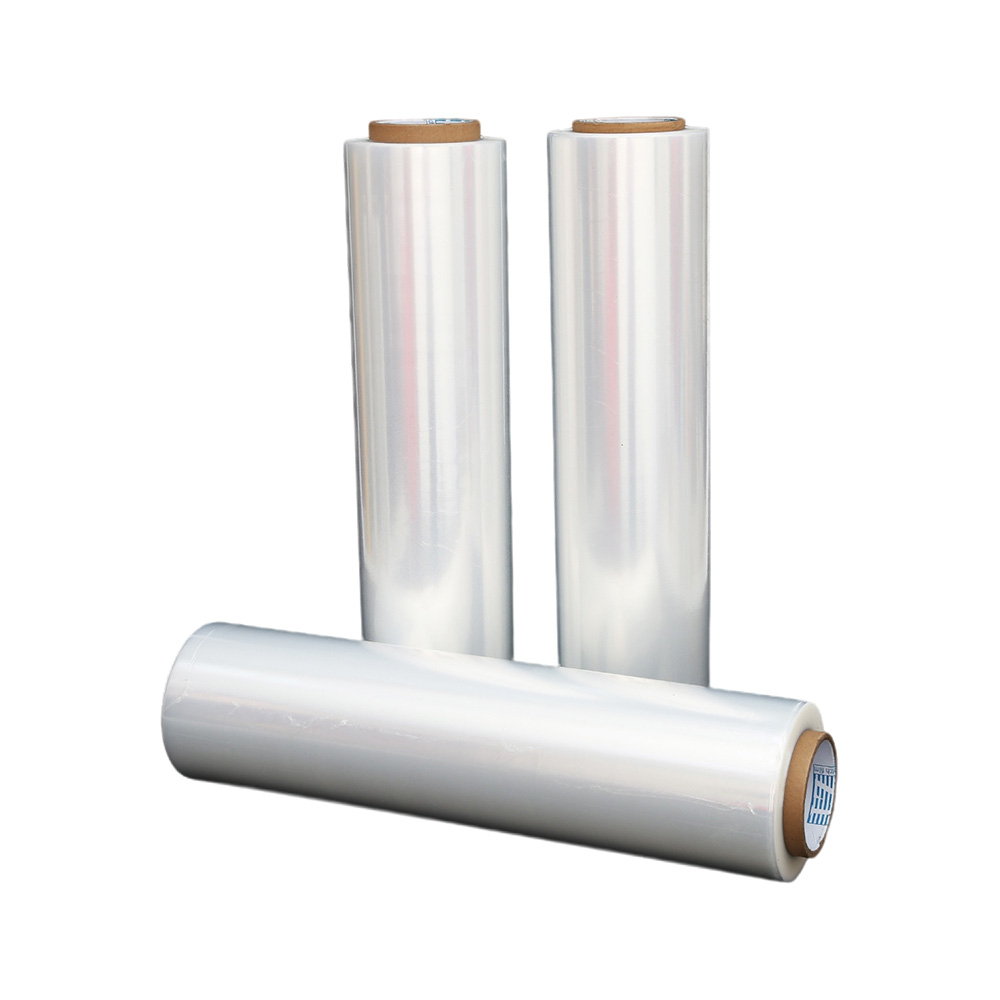Optimal Shrink Film Temperature Guide for 2025
Source:Optimal Shrink Film Temperature Guide for 2025Time:2025-03-12Visitors:
Shrink film is a versatile packaging material widely used across industries like food, logistics, and manufacturing. However, achieving the perfect shrink effect hinges on one critical factor: temperature. As a leading manufacturer with over 16 years of experience in plastic packaging solutions, we’ve seen firsthand how temperature impacts shrink film performance. This guide explores the optimal temperature requirements for shrink film, offering practical insights to help you maximize its effectiveness.
What Is Shrink Film and Why Temperature Matters
Shrink film, typically made from polyethylene (PE) or polyolefin, is a plastic film that contracts when heated, tightly wrapping around products for protection and stability. The shrinking process relies on precise temperature control—too low, and the film won’t fully contract; too high, and it may tear or lose clarity. Understanding these temperature dynamics ensures consistent results, whether you’re packaging food or industrial goods.

Key Factors Influencing Shrink Film Temperature
Material Composition
Different shrink films require specific temperature ranges based on their makeup. For instance, PE-based films often shrink effectively between 120°C and 180°C (248°F–356°F), while polyolefin films may need slightly higher ranges, around 130°C–200°C (266°F–392°F). Always check the manufacturer’s specifications to match the film type to your equipment.
Thickness of the Film
Thicker films demand higher temperatures or longer exposure to heat for full shrinkage. A standard 50-micron film might shrink well at 150°C (302°F), while a 100-micron film could require up to 180°C (356°F). Adjusting heat settings based on thickness prevents under- or over-shrinking.
Equipment Type
Shrink tunnels, heat guns, and ovens each deliver heat differently. Shrink tunnels offer uniform heating, ideal for high-volume production, while heat guns suit smaller batches but require careful control to avoid overheating. Calibrating your equipment to the film’s needs is essential for optimal results.
Optimal Temperature Guidelines for Shrink Film
General Temperature Range
Most shrink films perform best between 120°C and 200°C (248°F–392°F). Start at the lower end and gradually increase until the film shrinks evenly without damage. For example, a common PE shrink film might fully contract at 160°C (320°F) in a well-calibrated tunnel.
Testing and Adjustment
Begin with a test run using a small sample. Monitor the film’s tension, clarity, and seal strength. If it wrinkles or tears, reduce the temperature by 5–10°C (9–18°F). If it doesn’t shrink fully, increase incrementally. This trial-and-error approach ensures precision tailored to your setup.
Environmental Considerations
Ambient temperature and humidity can subtly affect shrinking. In colder climates, preheating the film slightly may improve results, while high humidity might necessitate a few extra degrees to compensate for moisture on the surface.
Common Temperature-Related Issues and Solutions
Film Melting or Burning
Excessive heat—above 220°C (428°F) for most films—can melt or discolor the material. Solution: Lower the temperature and shorten exposure time, ensuring proper airflow in your equipment.
Incomplete Shrinkage
If the film remains loose, the temperature may be too low. Solution: Increase heat gradually and check for blockages in your heating system that might disrupt airflow.
Brittleness After Shrinking
Overheating can weaken the film’s structure. Solution: Dial back to the minimum effective temperature and test for durability post-shrinkage.
Best Practices for Temperature Control
- Calibrate Regularly: Ensure your equipment maintains consistent heat output.
- Use Quality Film: High-grade films with uniform thickness shrink more predictably.
- Monitor Conditions: Adjust for seasonal changes in your workspace.
- Document Settings: Record successful temperature ranges for future reference.
Summary: Mastering Shrink Film Temperature for Success
Getting the temperature right is the key to unlocking shrink film’s full potential—delivering secure, professional packaging every time. By understanding material needs, adjusting for thickness and equipment, and troubleshooting common issues, you can achieve reliable results tailored to your application. At Dongguan Zhiteng Plastic Product Co., Ltd., we’ve spent over 16 years refining our expertise in plastic packaging, ensuring our shrink and stretch films meet diverse industry demands with precision and quality. For more insights or tailored solutions, feel free to explore our offerings.
Recommended Products
Ranked in the same article
- how to use the stretch film technology to r
- How can we get detailed price list?
- Five common quality problems of PE protecti
- Plastic film degradation
- How to guarantee punctual shipment for our
- Gauge to Micron and Millimetre Conversion G
- What is the difference between stretch film
- Testing the permeability of stretch film
- Stretch film temperature requirements
- Electrical wire film VS electrostatic film
- Why insufficient transparency of stretch w
Latest news articles
- What is Stretch Film Used For?
- Factors That Affect the Stretching Function
- PE vs PVC Stretch Film: A Comprehensive Gui
- Testing the permeability of stretch film
- The Influence of Stretch Film Thickness on
- What Is the Difference Between Shrink Wrap
- Stretch Film Wrap: Exploring Its Advantages
- PE stretch film how to cut?
- What Is Red Stretch Film and What Are Its B
- The use of pe stretch film
- Exploring the Versatility of PE Stretch Fil



